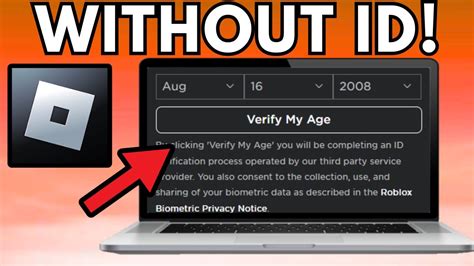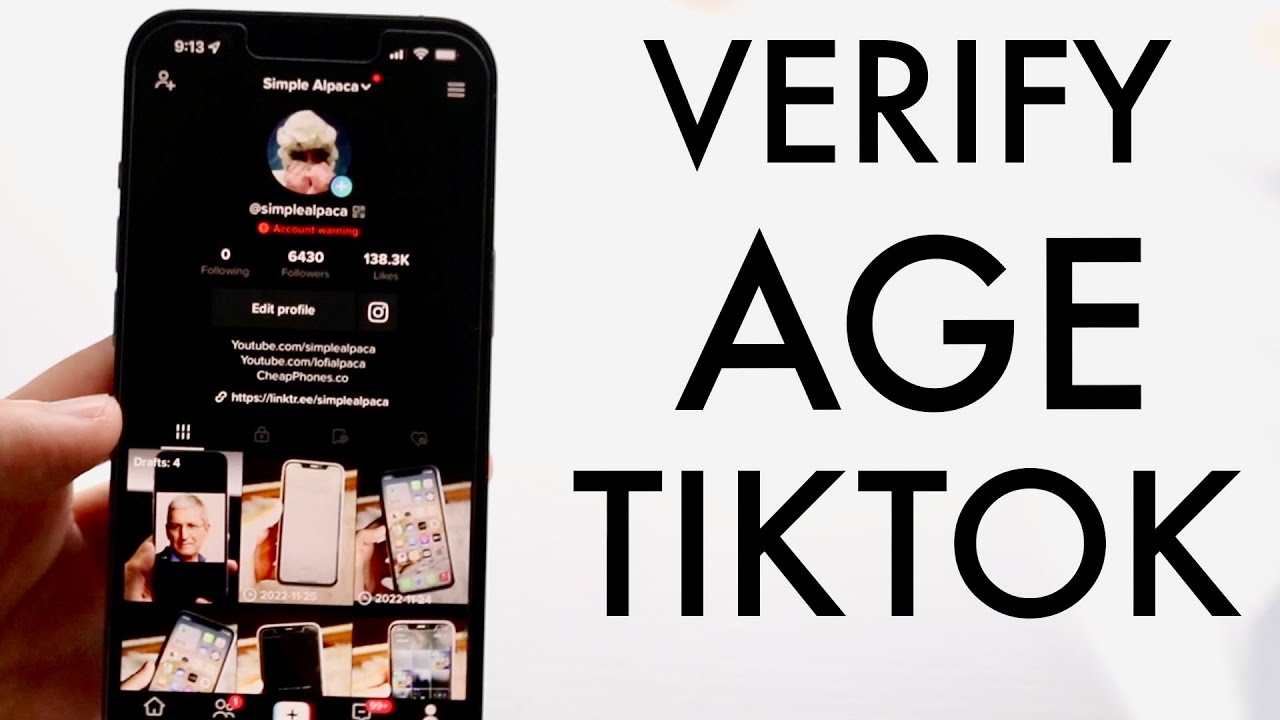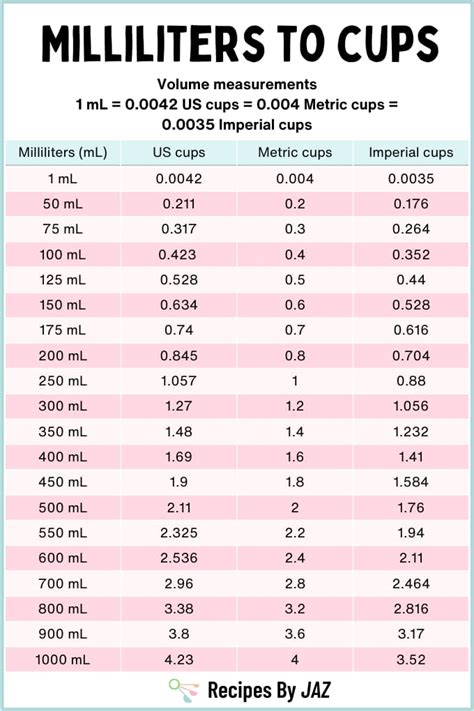Verify Your Age Online

Verifying one's age online has become an essential process in various digital platforms, including social media, online gaming, and e-commerce websites. The primary purpose of age verification is to ensure that users meet the minimum age requirements to access certain content, products, or services. In this article, we will delve into the world of online age verification, exploring its importance, methods, and potential challenges.
Importance of Age Verification Online

Age verification is crucial in preventing minors from accessing age-restricted content, such as explicit material, online gambling, or tobacco products. It also helps to protect children from potential online harm, including cyberbullying, grooming, and exploitation. Moreover, age verification enables businesses to comply with regulatory requirements, reducing the risk of fines and reputational damage. According to a study by the National Center for Missing & Exploited Children, 1 in 7 children have received unwanted sexual solicitations online, highlighting the need for effective age verification measures.
Key Points
- Age verification is essential for protecting minors from age-restricted content and potential online harm.
- It helps businesses comply with regulatory requirements and reduces the risk of fines and reputational damage.
- There are various methods of age verification, including manual verification, automated verification, and biometric verification.
- Each method has its advantages and disadvantages, and the choice of method depends on the specific use case and requirements.
- Age verification is a complex issue, and there is no one-size-fits-all solution.
Methods of Age Verification
There are several methods of age verification, each with its strengths and weaknesses. Manual verification involves manual checks of government-issued IDs, such as passports or driver’s licenses. This method is time-consuming and prone to human error. Automated verification uses algorithms to analyze user-provided data, such as name, address, and date of birth. Biometric verification uses facial recognition, fingerprints, or other biometric data to verify a user’s age. According to a report by MarketWatch, the global age verification market is expected to grow at a CAGR of 22.1% from 2020 to 2027, driven by increasing demand for online age verification solutions.
| Method | Advantages | Disadvantages |
|---|---|---|
| Manual Verification | High accuracy, can verify complex IDs | Time-consuming, prone to human error |
| Automated Verification | Fast, scalable, cost-effective | May not work for all users, vulnerable to fraud |
| Biometric Verification | Highly accurate, secure, convenient | Raises privacy concerns, may not work for all users |

Challenges and Limitations of Age Verification

Despite its importance, age verification is not without challenges. One of the main limitations is the lack of standardization in age verification methods, making it difficult to compare and contrast different solutions. Additionally, age verification can be vulnerable to fraud, with users attempting to bypass verification measures using fake IDs or other tactics. Furthermore, age verification raises privacy concerns, particularly when it comes to biometric data. According to a survey by the Pew Research Center, 64% of adults in the United States believe that the benefits of biometric verification outweigh the risks, while 31% believe the opposite.
Future of Age Verification
The future of age verification is likely to involve the development of more advanced and secure methods, such as AI-powered verification and blockchain-based solutions. These methods will need to balance security and convenience, while also addressing privacy concerns and regulatory requirements. As the online landscape continues to evolve, age verification will play an increasingly important role in protecting minors and ensuring compliance with regulatory requirements.
What is the most effective method of age verification?
+The most effective method of age verification depends on the specific use case and requirements. A combination of methods, such as automated verification followed by manual verification, can be an effective approach.
What are the challenges of age verification?
+The challenges of age verification include the lack of standardization, vulnerability to fraud, and privacy concerns. Additionally, age verification can be time-consuming and prone to human error.
What is the future of age verification?
+The future of age verification is likely to involve the development of more advanced and secure methods, such as AI-powered verification and blockchain-based solutions. These methods will need to balance security and convenience, while also addressing privacy concerns and regulatory requirements.
In conclusion, verifying one's age online is a complex issue that requires a comprehensive approach. By understanding the importance, methods, and challenges of age verification, we can work towards creating a safer and more secure online environment for all users. As technology continues to evolve, it is essential to stay up-to-date with the latest developments in age verification and to prioritize the protection of minors and compliance with regulatory requirements.
Meta Description: Learn about the importance of verifying your age online, the different methods of age verification, and the challenges and limitations of this process. Discover the future of age verification and how it can help create a safer online environment. (149 characters)



